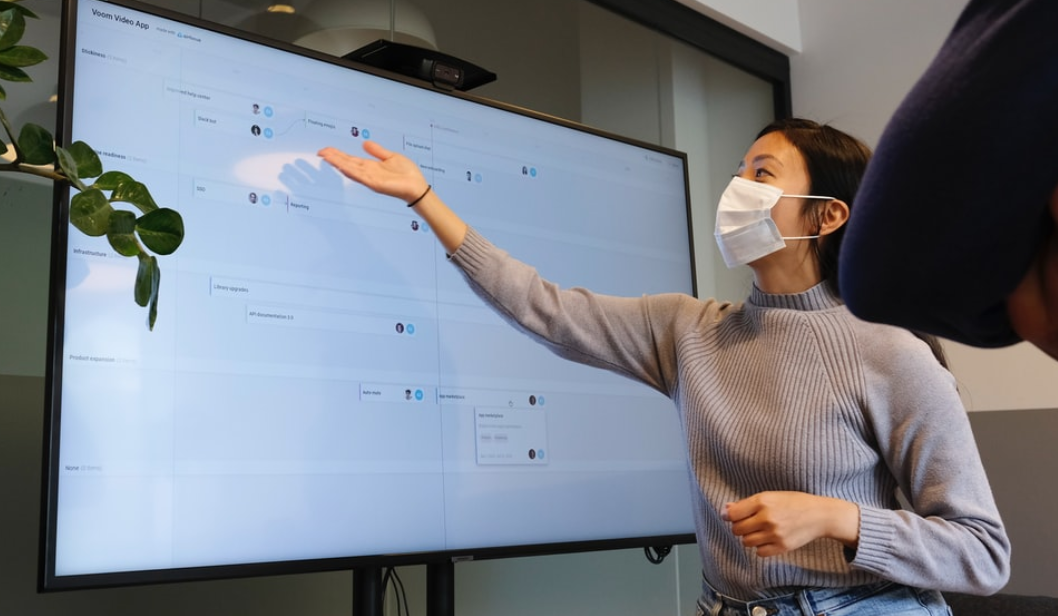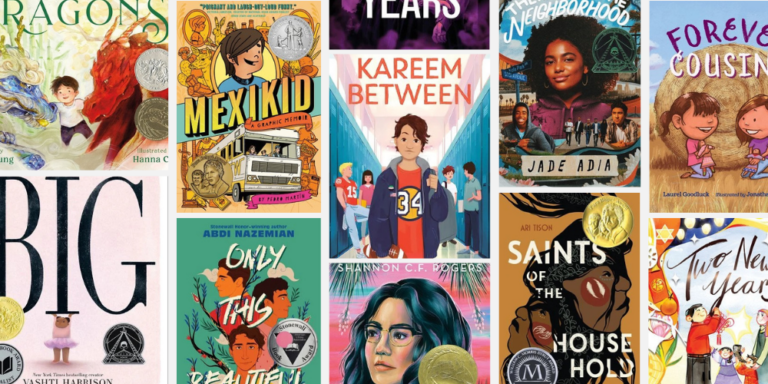NOTE: This blog was originally published on Corwin Connect on September 21st, 2020.
Early in the pandemic, distance learning was just that: instruction from a distance designed for remote delivery. We all brushed up on our understanding of synchronous and asynchronous learning. As teachers innovated, we learned about what works best in asynchronous situations, including interactive videos of teachers modeling and thinking aloud as well as getting students to read and practice what they have been taught. Essentially, asynchronous was used for review and preview and helped the learning take hold.
We also learned that it was important, although difficult, to provide opportunities for students to collaborate with peers during synchronous learning sessions. Teachers designed all kinds of ways to encourage student-to-student interaction that allowed students to use academic language. After all, learning is highly social in nature and no one is looking for school to become a series of webinars with hours of listening tasks supported by chat.
But the world is changing again. In some places, students are returning to physical classrooms. A common approach is to use A and B days. In many places, students are divided into two smaller groups. One group is physically in school for synchronous learning and other group is at home engaged in asynchronous learning. And the lessons learned about what works best still apply in these situations.
But there is another A/B model. That is that some students attend class virtually while others attend physically. Some students alternate each day, one day physically present and another day virtually present. But this model also allows for students who only attend virtually. In these cases, the idea of synchronous and asynchronous don’t work out so easily. Thus, a new team is emerging: Simultaneous Learning.
This term has been used before. In fact, there is a model in music education called Simultaneous Learning (Harris, 2015) in which is “based principally on logical and sequential activities that always ends with our pupils achieving”. In distance learning, simultaneous learning means something else. In this case, students are learning the same content, together, but some are not physically present while others are. Of course, those who are physically present are still distanced from one another.
There are some concerns about this model. For example, there are those who suggest that students and their teachers are being placed at undue risk. We have heard of schools opening and then needing to close again. There are others who note the difficulty in essentially teaching two classes at the same time, trying to engage students physically and on the computer. We have heard reports of the students at home being distracting to those in physical school. And there are those who suggest that it creates a lot of envy for students missing the physical day, contributing to the emotional strain of the pandemic. We have heard from parents who report their children crying because they missed something “fun” at school the day they were learning from home.
Thus, it is with some caution that we offer the following lessons learned from teachers and schools engaged in simultaneous learning:
- The technology needs to be amazing. Ideally, the students learning from home need to be projected on a large display with good sound systems that pick up the teacher’s voice as well as the peers in the classroom. Those learning from home need to be able to see inside the classroom and not just the view from the teacher’s laptop.
- Norms and expectations need to be clear. The rules for physical school and virtual school need to be taught and practiced. This is beyond the health requirements and includes expectations for interaction and peer support.
- There needs to be a balance of participation. When calling on students, the teacher should alternate between students physically present and those learning from home. When tasks are assigned, the instructions need to be clear to both groups of students and the tasks should not favor those in physical school being able to complete it. This requires careful consideration of the supplies that students have at home. The students at home cannot simply be spectators to what is happening in physical school. Therefore, materials need to be thought out in advance and distributed so that those working from home can fully participate.
- If possible, have two adults in the physical classroom to manage the technology and interactions. The best examples we have seen involve partnerships. At the same time, we recognize that there is a cost to this and not all school systems can deliver instruction in this way.
Importantly, school cannot be filled with teacher talk. Students still need to collaborate and interact. In some cases, it’s easier to have the students learning at home grouped with others learning at home in breakout rooms. This is especially useful when the teacher needs to provide direct instruction to those in physical school while providing an opportunity for the others in class to work together.
In other cases, it’s wise to intentionally group a student or two in physical school with those at home. Given that physical distancing is still in place, students in physical school (using headphones) can collaborate with those at home about as easily as talking across a six-foot divide with plastic between them.
From the lessons we have observed, three general guidelines apply to the collaboration that students do in simultaneous learning:
- Limit the amount of time. Generally, we see these tasks lasting 10 minutes or less. If a task requires more time, return students to the “main” room often and provide additional instructions. If there are additional adults in the learning environment, they can spend time in the breakout rooms and perhaps extend the amount of time students are collaborating.
- Ensure that the task is specific and understood. When sending students to work collaboratively, they need to have clarity about they need to accomplish. The task needs to be specific and they should understand why they are doing it and how they will know if they are successful.
- Ensure accountability. When students return from their collaborative learning, they should have a product that allows the teacher to monitor their progress. There are any number of tools that allow for this, including paper and Google docs, but the key is that students are accountable for the task.
There are likely to be many more innovations in distance learning as we collectively learn more. We look forward to the day that all students are allowed to safely return to school full-time. Having said that, the lessons we are learning now should guide us as we think about the future of schooling and what works best to ensure that all students learn.
Find more articles from Doug Fisher and Nancy Frey on:








